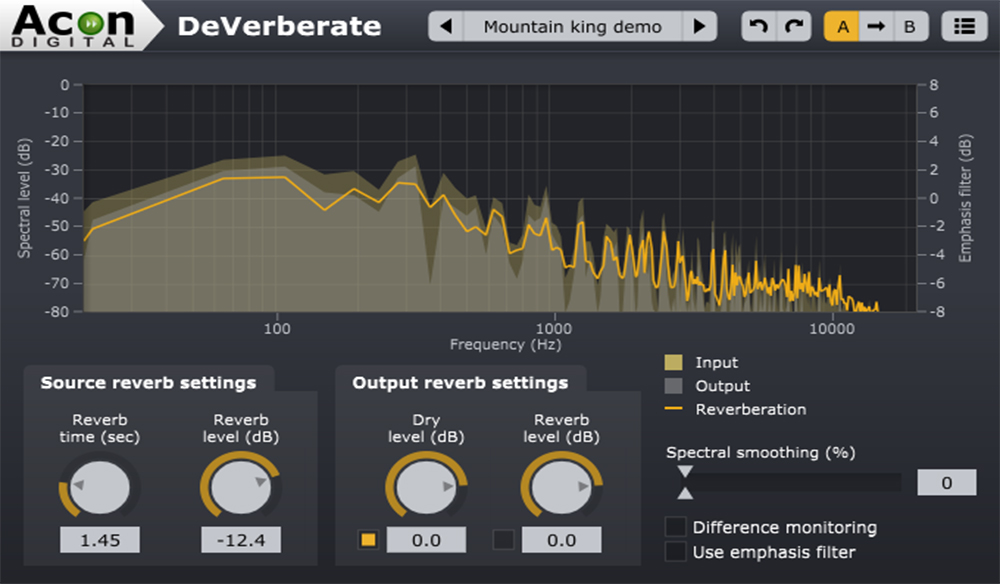
What this means is that the pressure of the wave is never constant along its oscillating path. To say nothing of the addition of standing waves or reflections in the room which may boost or cut that particular frequency and further skew your results.

Using three tones is nowhere near enough data to gather a sufficient understanding of your speaker’s levels. So if we use a 1kHz sine wave to calibrate our speakers, we may not get anywhere near the same reading as the 100Hz or 10kHz tone – even if everything else were equal – which it isn’t. Even with a “C Weighted” setting, some frequencies are not as equal as others. That means that what it’s telling you about all frequencies isn’t equal. This system skews its input from the microphone to adhere to certain listening standards and volume rules. When we tune the speakers of a room for equal volume, we use a microphone and a weighted measurement system. But when it came to testing speakers, it was the stupidest thing to do. This was generally fine for dealing with levels on tape or even digital files. Also, it’s readily apparent to anyone on the street when a sine wave is being distorted in any way, so it gave an added level of security that the 28 patch cords you were using in your circa 1972 board to get your recording to your reel-to-reel master were all good…if the signal could at all get above its own noise floor.

One of the reasons we use a sine wave is, because the waveform is a pure tone no overtones to skew the voltage. We figured it was enough to give a general feel of calibration across the frequency spectrum. We’d typically use 100 Hz, 1kHz, and 10kHz. Voila! Your mix sounds like it did in your studio in mine.īack in the old days (like the 90s and earlier), we had to use several tones, because the analog gear we were using actually had different volumes for different frequencies. For example: if you place a 1k Hz tone at -12 dB on all your channels for 10 seconds before the start of picture (and you tell me this), then I can calibrate my equipment to have that tone be the same if there’s a discrepancy. What is a tone? Well, in this case it’s a sine wave signal of a particular frequency (in Hz) at a static volume or voltage which when referenced allows any other party working with or using a recording, studio or file to have their gear reflect the levels of the original studio. What follows is why you must never, ever, EVER do this and what you must do instead of speaker testing with tones! And while that equipment was primarily analog, we’d happily run various tones through speakers and use a decibel meter to test whether or not speakers were balanced.

It wasn’t too many years ago that the 1,000 Hz tone was the de facto standard in testing equipment.



 0 kommentar(er)
0 kommentar(er)
